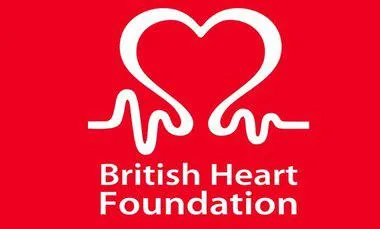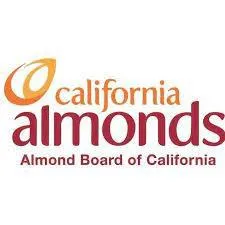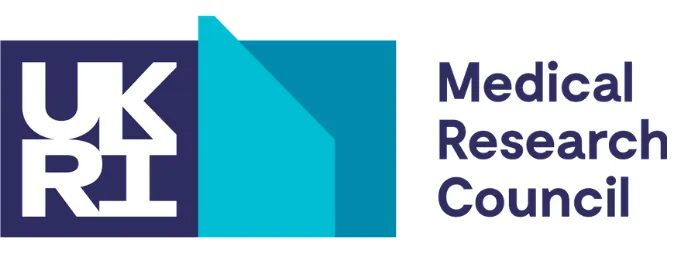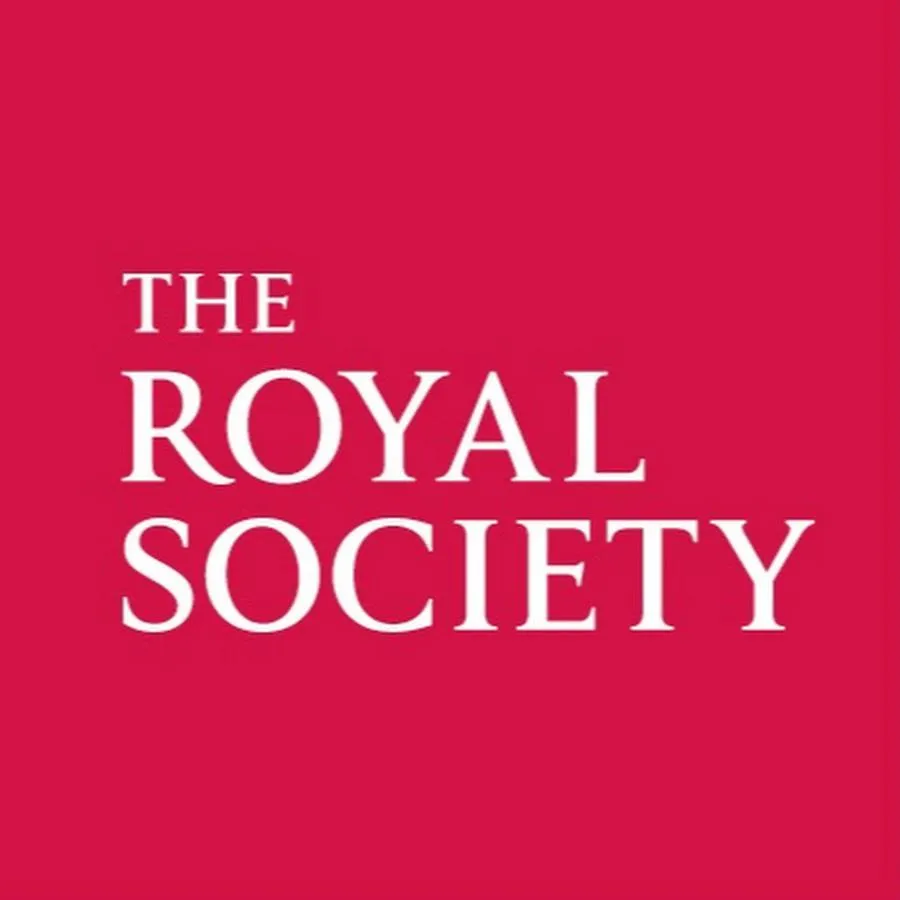The Muscle: Form and Function group is made up of biomedical scientists and physiologists whose research programmes range from cell and molecular biology and physiology to whole-body systems and integrative physiology. Focus is on striated (skeletal and cardiac) muscle with exercise, ageing and health as cross-cutting themes.
Research areas include:
- Physiological cardiac remodelling to improve repair and regeneration.
- The role of ageing in the regenerative capacity of the heart and skeletal muscle.
- Congenital myopathies: From mutations to treatment.
- Regulation of cardiac and skeletal muscle contractility by the thick filament in health, ageing and disease.
- The effects of healthy ageing on muscle structure and function
- The effects of critical illness on muscle
- The interaction of exercise and nutrition in regulating skeletal muscle protein turnover.
- Applying cutting edge functional genomic approaches to understand muscle regulation in health and disease at bulk and single cell level.
Our Partners
Nadace the JetBrains Foundation, EU Horizon 2020, Carlsbergfondet, Nutricia, Almond Board of California

British Heart Foundation

King's Health Partners

Muscular Dystrophy UK

Biotechnology and Biological Sciences Research Council

European Commission

California Almond Board

Nutricia

Carlsberg Foundation






